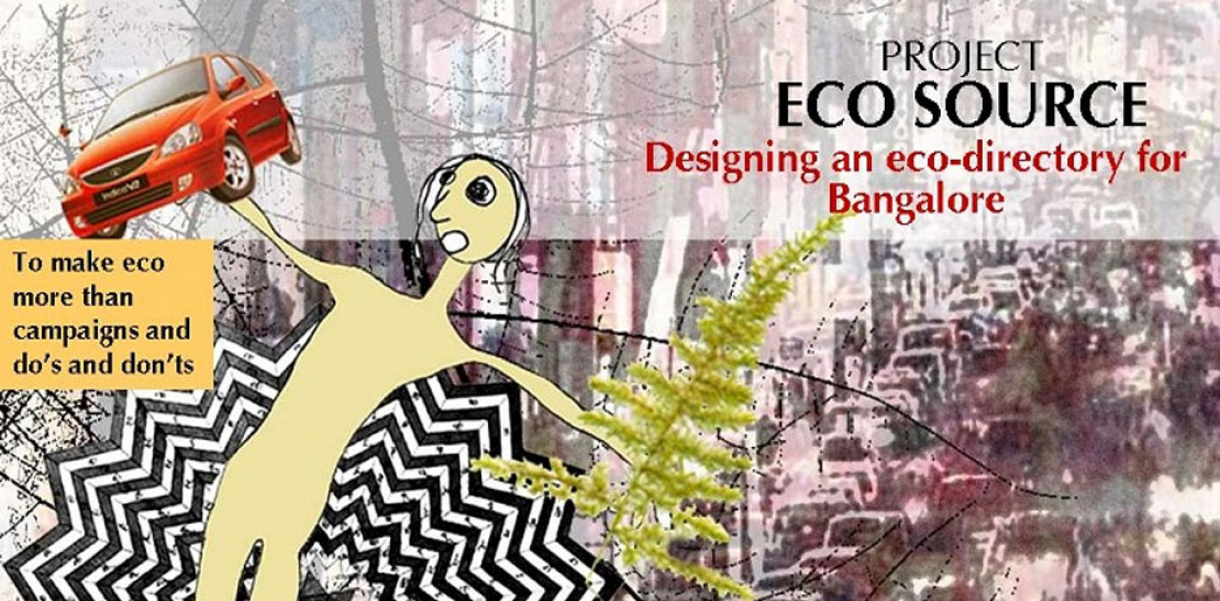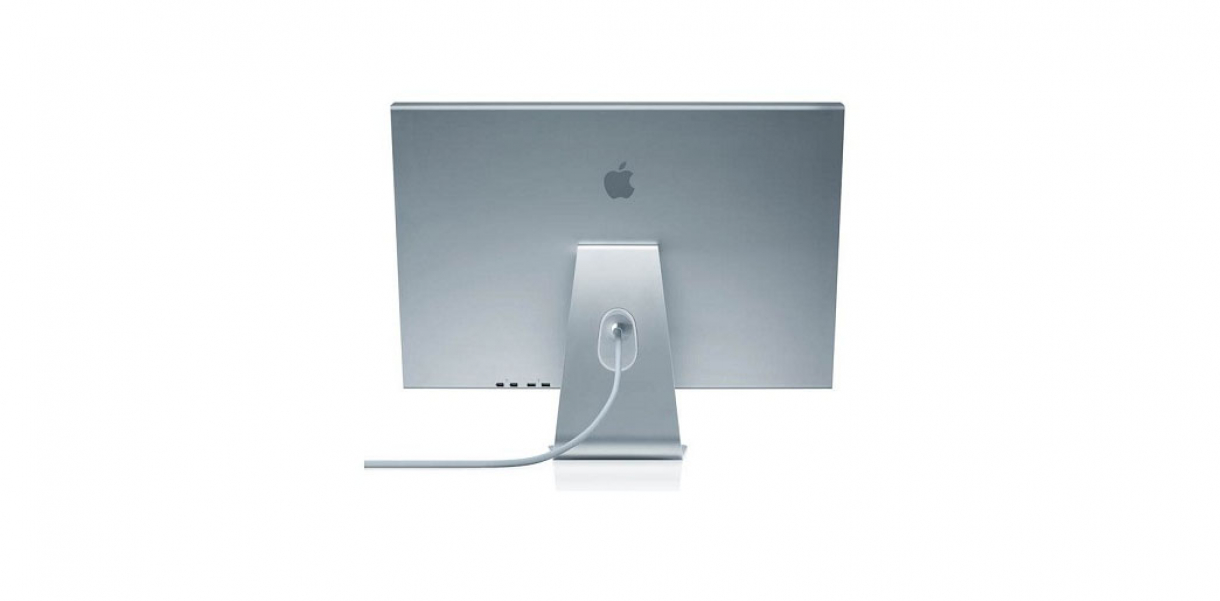These angular movements take place in addition to the floating swing movements in the horizontal plane.
Functionality and use of design
The suspended chair is able to tilt backwards and forwards like a modern work chair and achieve a swinging motion thanks to its suspension.
The chair’s height is adjusted by tightening the ropes. The seat and back plates are also attached with bands to provide flexibility.
How did this design improve life?
This work chair represent two conceptual improvements related to conventional work chairs:
1. It initiates more movement and variation of posture for the user.
- When the human body have the possibility we always choose movement
- Have you ever seen a musician or singer stand still while performing?
- We can walk for hours, but get tired after only a few minutes if we have to stand still.
No one ever sits completely still on a playground swing, do they? That’s because we all prefer movement to static when our surroundings allow us.
Suspended bodies move smoothly and rhythmically, responding easily to any influence. No other sitting device can so easily set us in motion –this is shown by the fact that a clock with a pendulum can run for many weeks with the small force the spring produces.
2. Håg Swing represents 1/10 of the environmental impact compared with traditional working chairs.
Compared with traditional office chairs, we have done away with:
- Base (Star)
- Gas cylinder
- Complicated mechanical tilting devices
The ropes perform all these functions and more. In addition, the materials are renewable wood. Initial studies show that the ceiling version of Håg Swing without cushions represents 1/10 of the environmental impact of other working chairs. This is equal to "Factor 10", which is an important goal within environmentally aware design.
Drawbacks of life improvement
The disadvantage of the concept is that it is not possible to move into or away from the table. This is solved by letting the tabletop slide or use lightweight tables on wheels.
Research and need
Peter Opsvik was on holiday in Mexico and was fascinated by the extensive use of hammocks. He arrived back from this trip with his sketch pad full.
The objective of Håg Swing is that nobody who sits down should stay sitting still. And when movements occur, they will have a gentle flow, rhythm and frequency that are in accordance with what the body wants both physically and mentally. The movements of suspended bodies are gentle and rhythmic, they are not directionally controlled in the horizontal plane and they give us a sense of freedom.
The aim here was to be able to hang balanced in such a way under the attachments of the ropes that the chair body can be tilted forwards and backwards in a far gentler way that the mechanisms of office chairs are able to achieve. The solution to this was found simply in the location of the rope attachment.
If the rope attachment was high, the tilt would be too sluggish, whereas if the point was low the tilt would be too easy. If the point was too far forward, the user would tilt too easily backwards, and if the point was too far back the user would tilt too easily forwards.
We made a prototype with the chair side perforated with holes so that we could freely choose the point of attachment, in order to determine the point in this way.
The side piece of the chair fulfils three functions: rope attachment at the top, backrest attachment at the rear and seat attachment at the bottom. A natural line between these three points could have been an L-shape, but for formal reasons a circular shape was chosen. This C shape is also suitable for avoiding collisions between the chair body and tabletops.
The seat plate and back plate are also suspended on ropes to provide flexibility to the backrest and seat plate.
During the development we have also given thought to the use of resources in comparison with the traditional office chair.
When the chair can be suspended from the ceiling, we can say that we have done away with; base (star), gas cylinder and complicated mechanical tilting devices.
The ropes perform all these functions and more. In addition, the materials are renewable wood.
Designed by
Peter Opsvik - Norway




